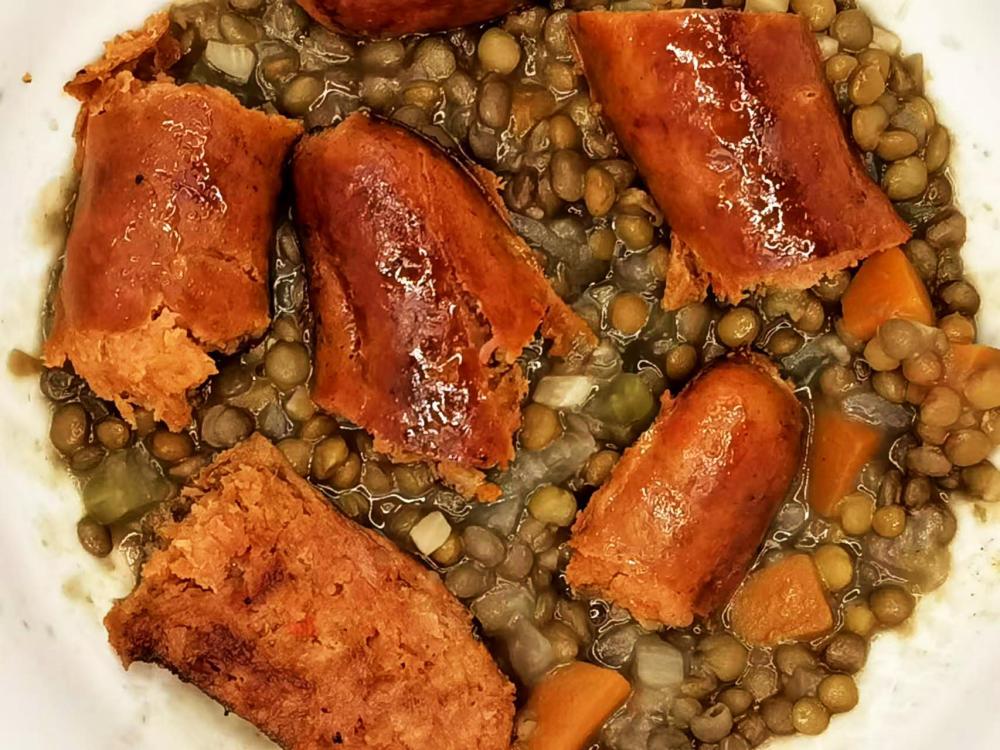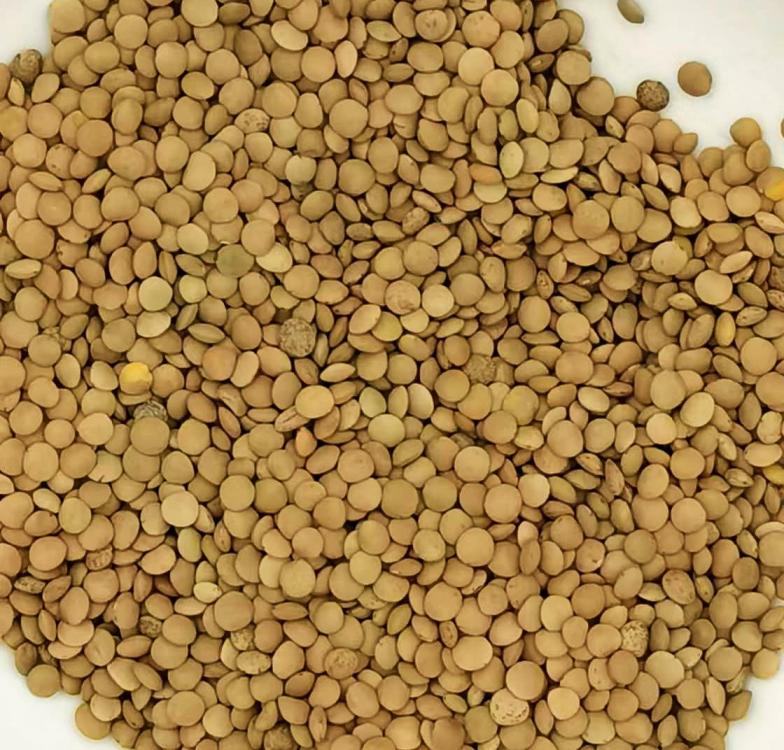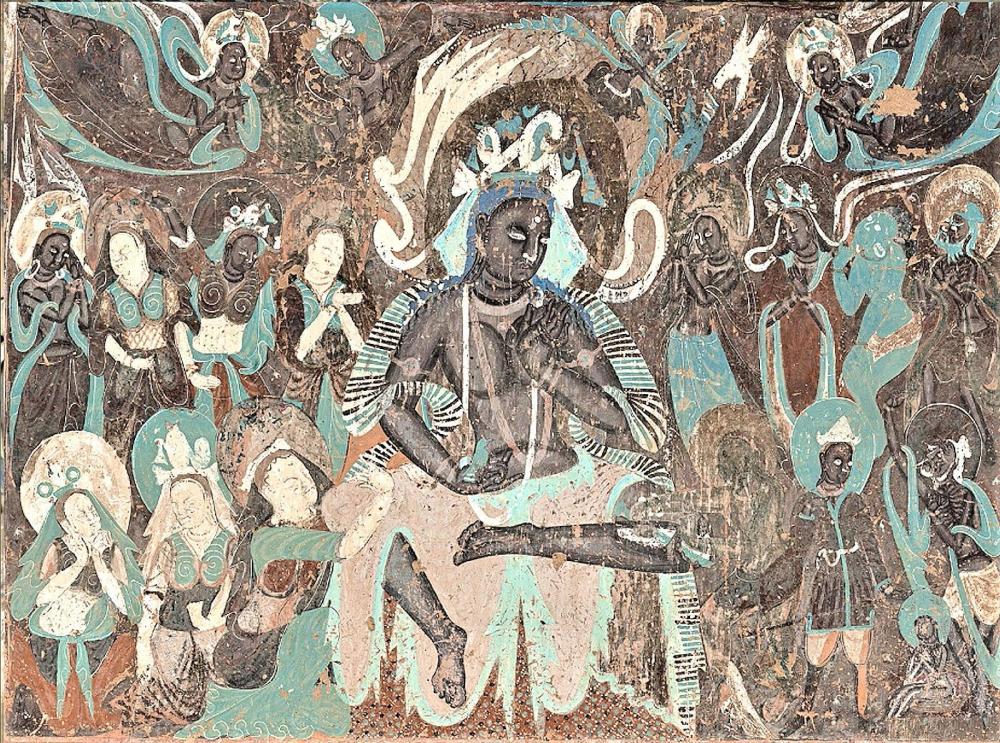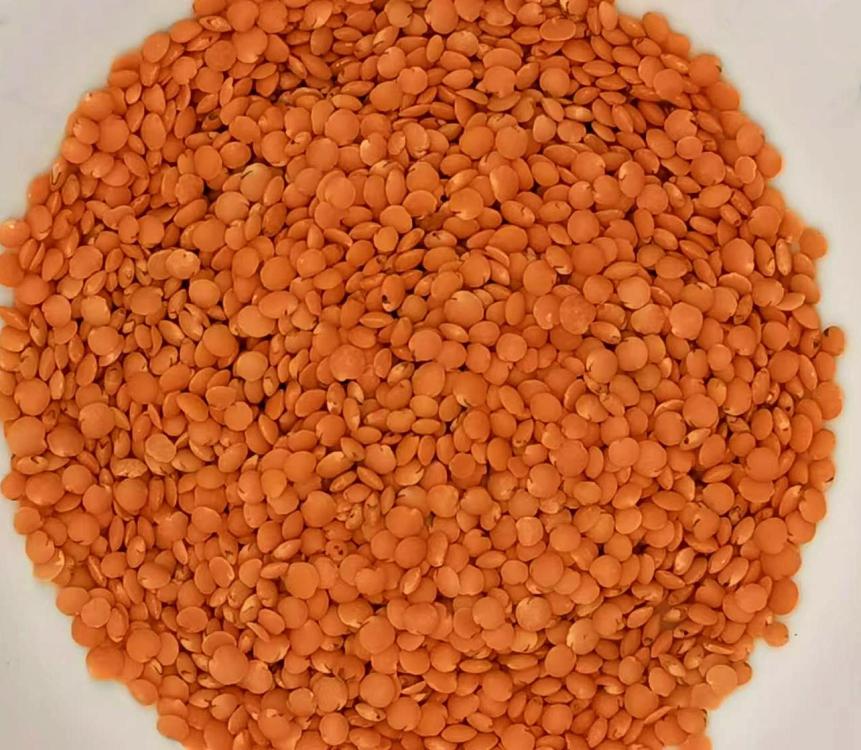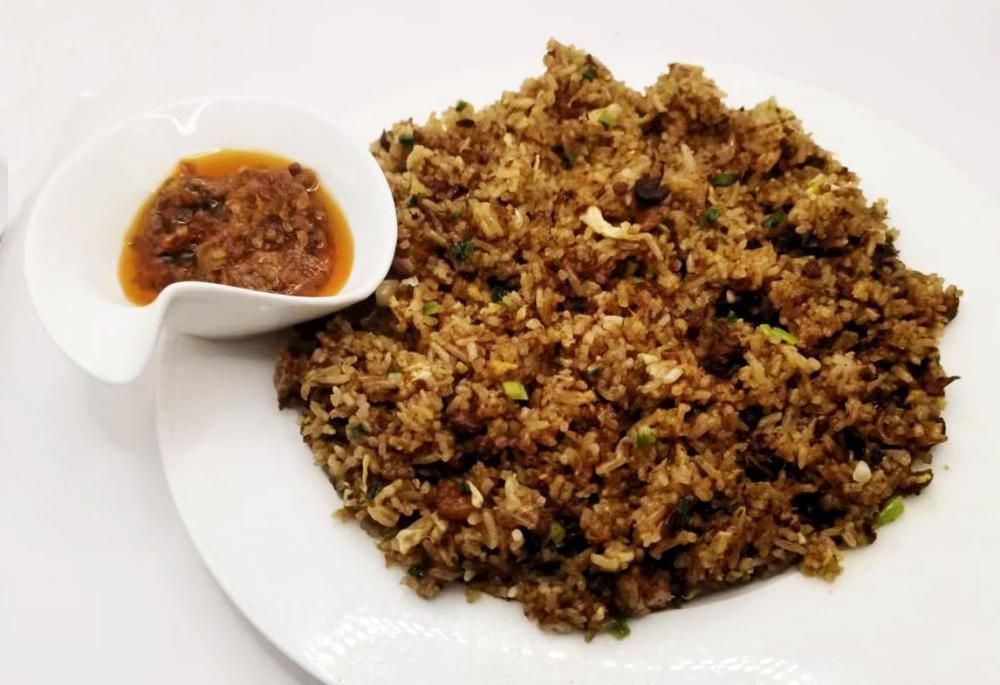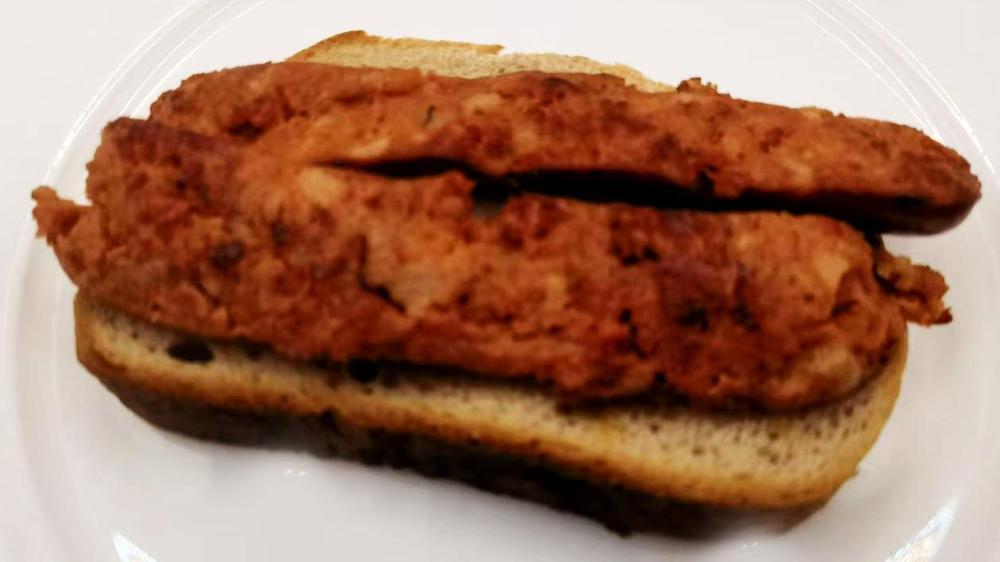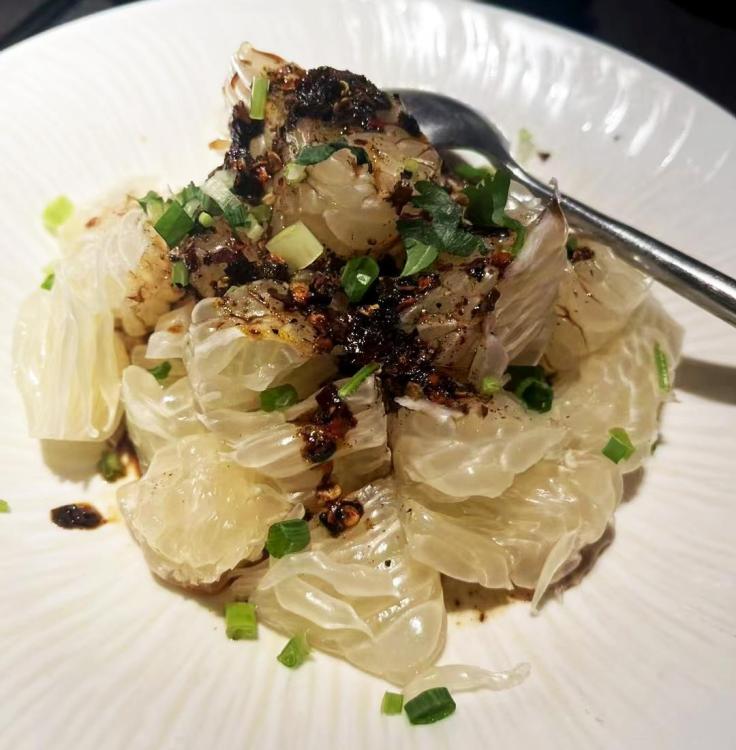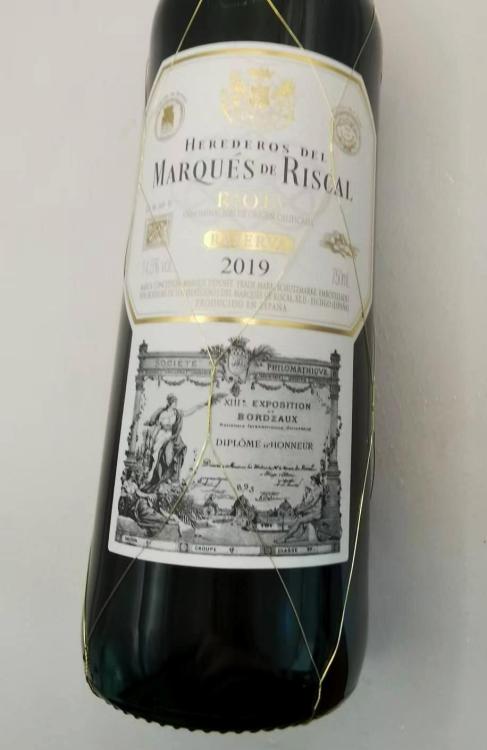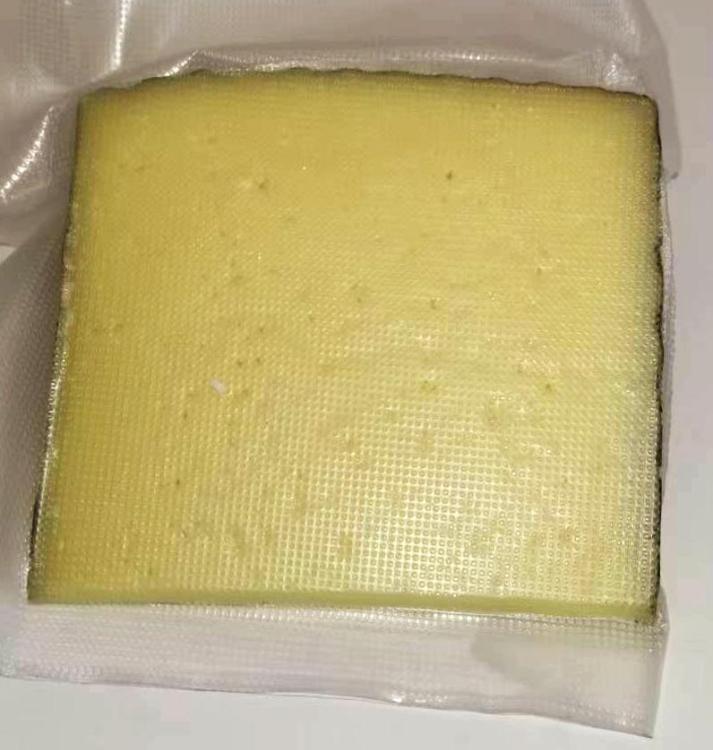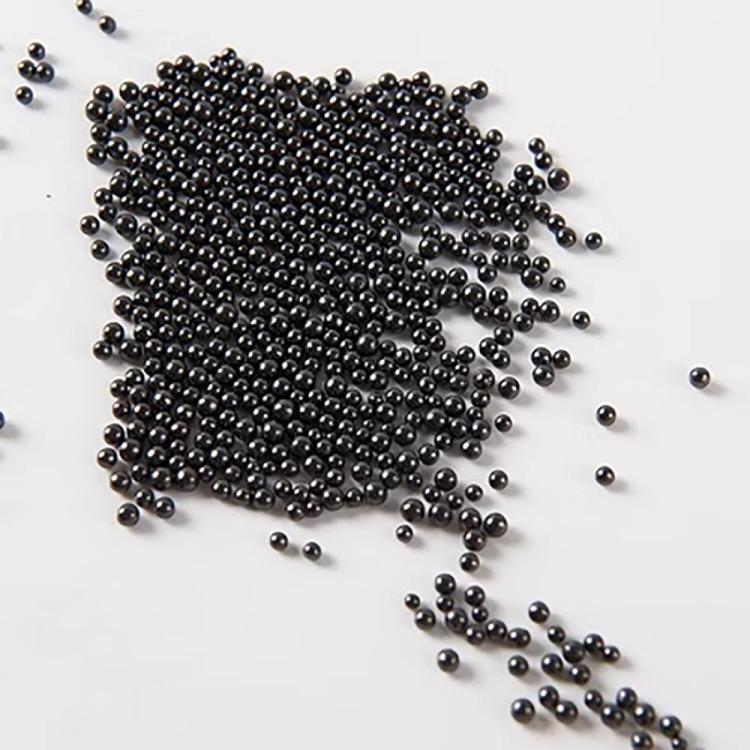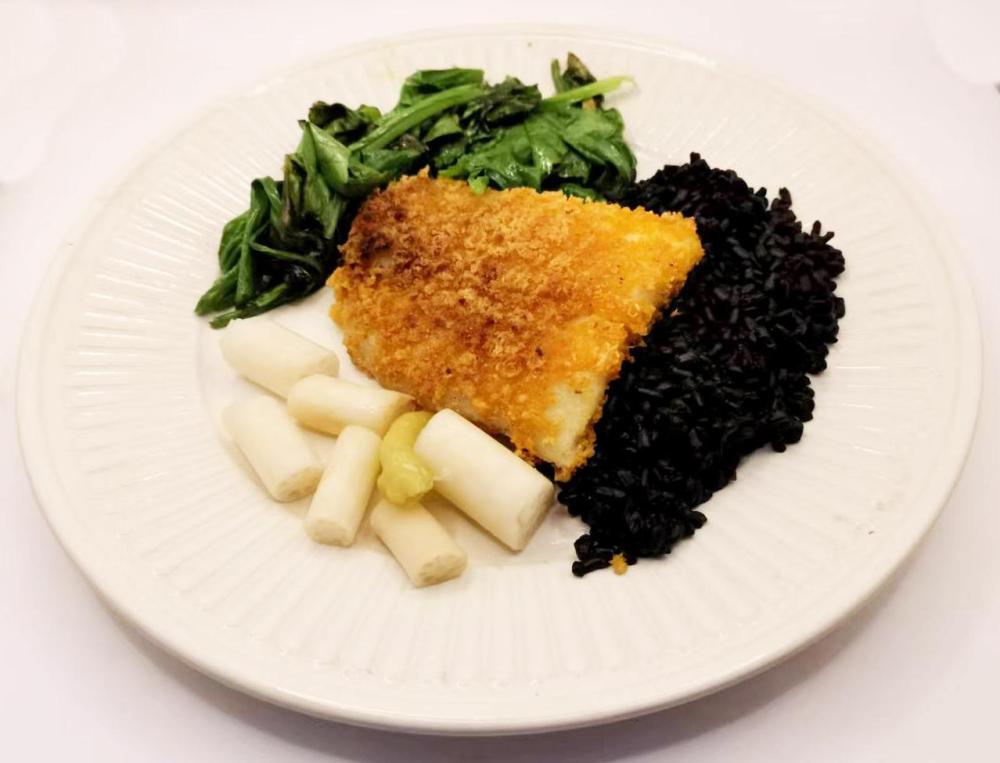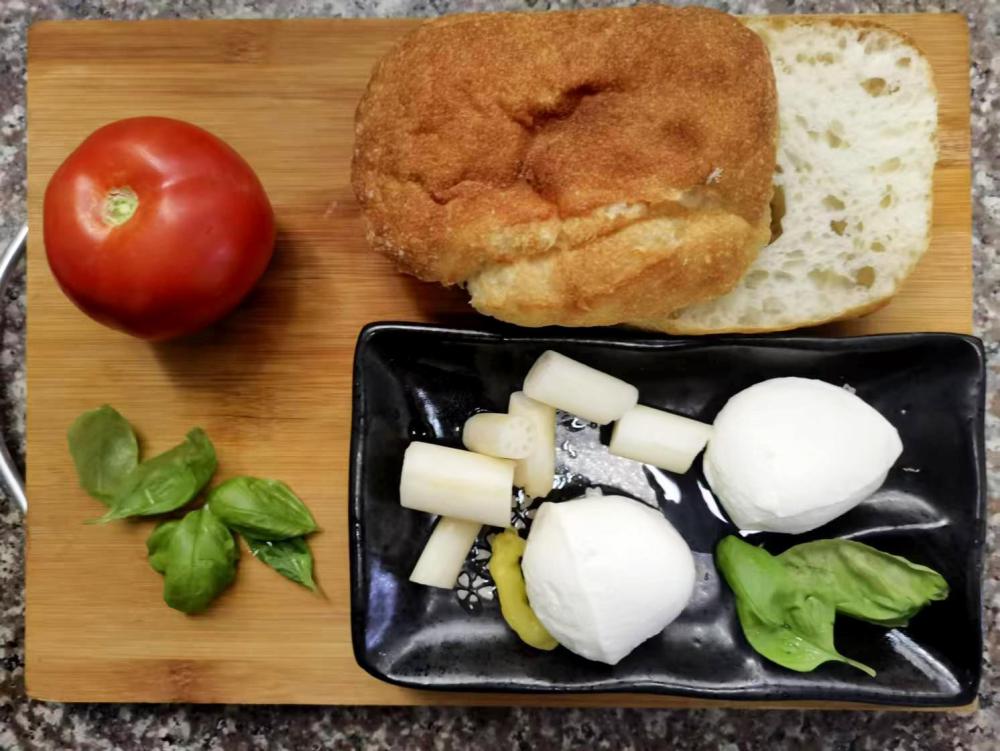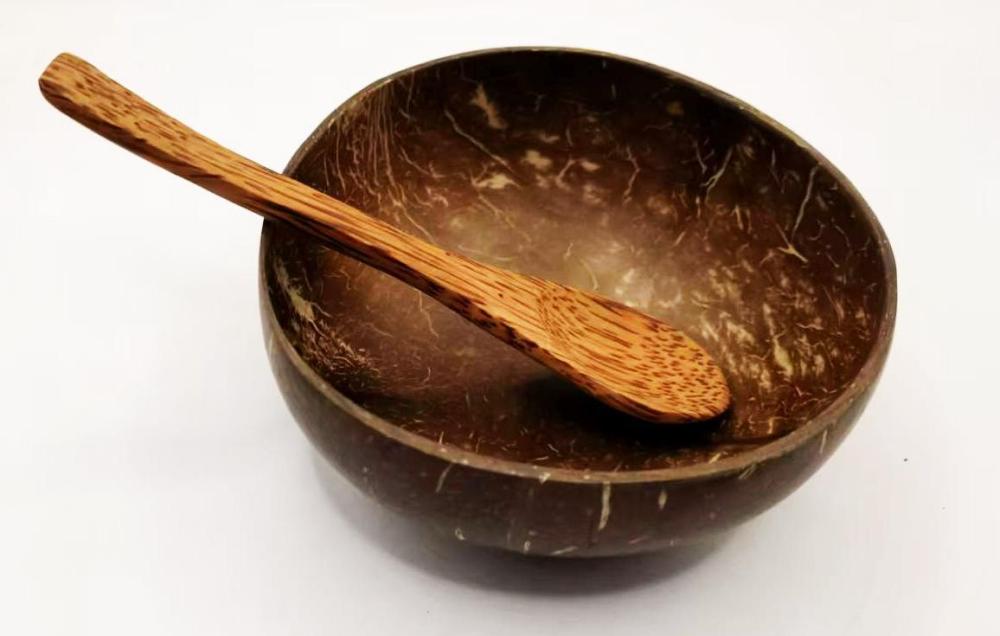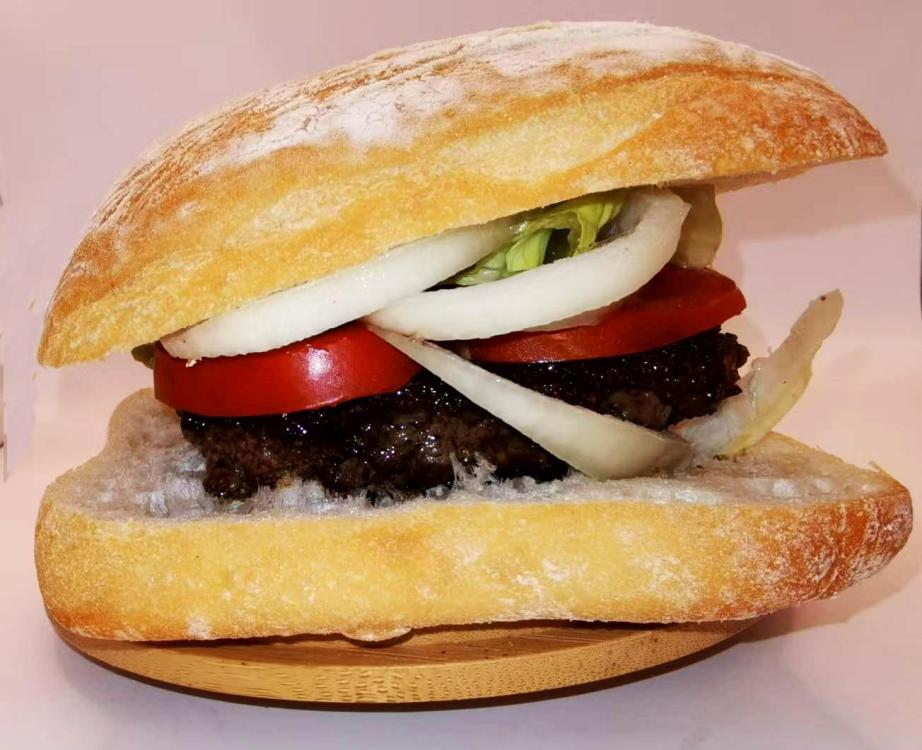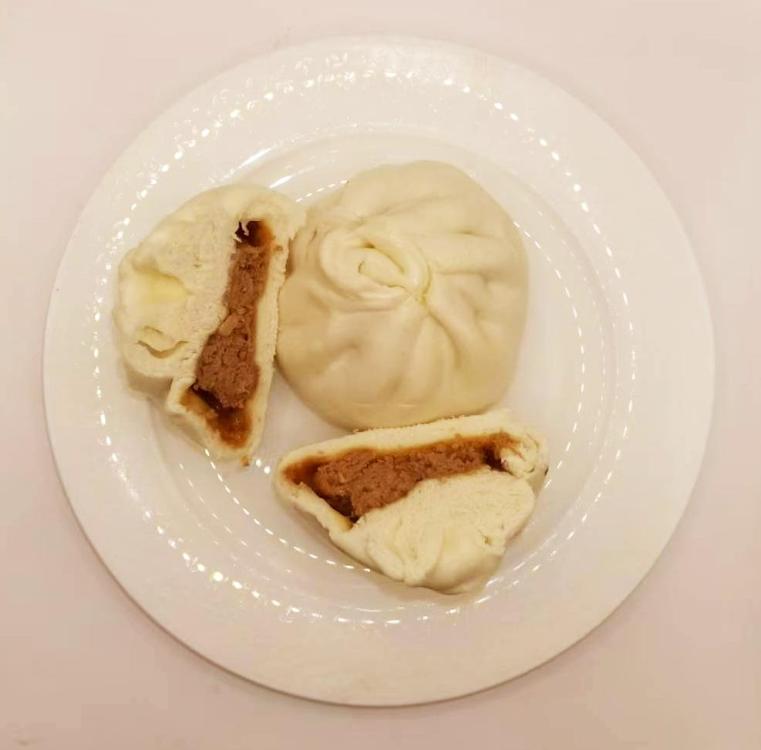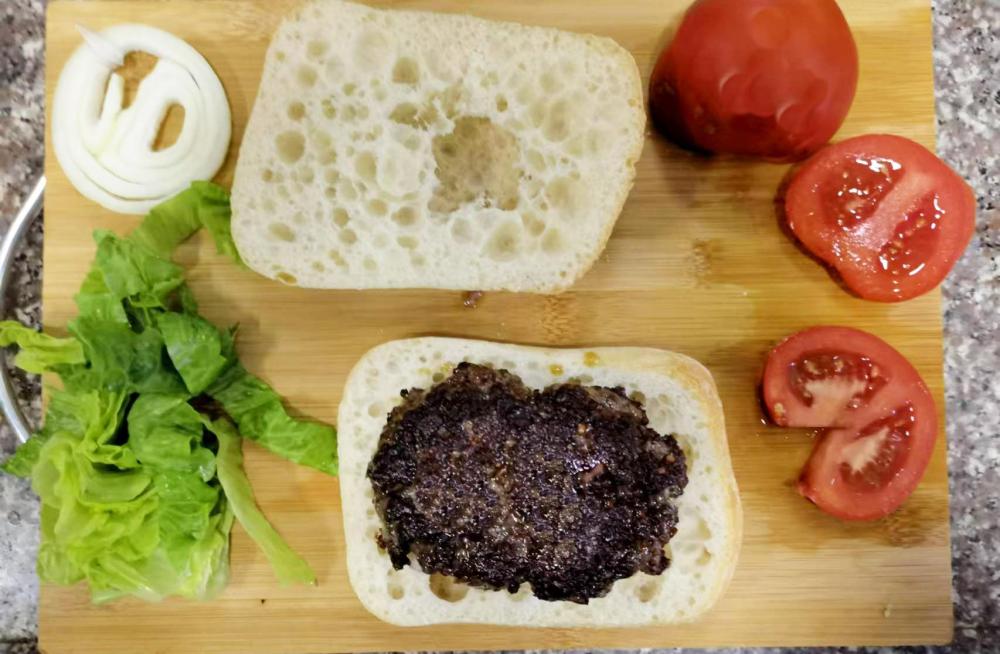-
Posts
16,739 -
Joined
-
Last visited
Content Type
Profiles
Forums
Store
Help Articles
Everything posted by liuzhou
-
Lentil stew with Piquillo sausage. Gansu lentils stewed in chicken stock with onion, celery, and garlic. This I did in my rice cooker. Piquillo sausage fried separately in a wok, then chopped up and added to the stew. The sausage gave the dish a nice chilli bite. I decided to eat it with some wholewheat bread with a spoon. Actually, this wasn't what I intended but the frozen cod I definitely took out the freezer to accompany the lentils somehow wriggled back in. It's in the fridge now for tomorrow.
-

A pictorial guide to Chinese cooking ingredients
liuzhou replied to a topic in China: Cooking & Baking
敦煌市 (dūn huáng shì), Dunhuang is an oasis city in Gansu Province. It lies in the southern section of the silk road and the Great Wall passes by. It is probably the most important Buddhist site in China, with over 700 temples in caves, particularly the 莫搞窟 (mò gǎo kū), Mogao Caves which are highly decorated with Buddhist images, and which contained priceless Buddhist texts. A very important religious and cultural crossroads between east and west and the road from Tibet to Mongolia. Buddhist image dated to c475 CE, Mogao Caves “But what’s this got to do with my dinner?”, you rightly ask. Well, there is an ingredient which I never associated with Chinese cuisine and which none of my Chinese friends has heard of. 小扁豆* (xiǎo biǎn dòu), literally ‘small, flat beans’, are Vicia lens, lentils and they are grown in the Dunhuang area. The lentil originated in the Middle East and travelled to South and SE Asia and to Africa before extending its range to Europe, then the Americas. I’m guessing they migrated east along the Silk Road to Dunhuang. These are a small greenish-brown variety. Dunhuang Lentils The few that are eaten in China mainly seem to go into porridge mixes with other grains and seeds. Of course I use them in more traditional western dishes such as lentil soup and stews and curries. My friends are baffled by red lentils and, although I can source them, so far as I can tell, they are all imported from India, Pakistan or most frequently, Turkey. Turkish Red Lentils * You have to be careful with this name. 小便 is also xiǎo biàn but the tone on the second character is different – this means ‘urine’. A slip of tone and you might order ‘urine soup’. -
Wow! I know exactly where you are/were. My family had an apartment just round the corner from Les Deux Magots forty years ago. Do you know the history of Les Magots? A hangout of Hemingway, James Joyce, Picasso and Julia Child among many others.
-
Tara! It's pomelo with 老干妈 (lǎo gān mā) chilli crisp.
-
Even closer
-
Close. And?
-
-
Minutes after joking that I thought I was turning Spanish on the Christmas 2024 topic, I went to cook myself a sausage sandwich for lunch. Half way through, I suddenly realised I was cooking a Spanish sausage. What's going on with me? Piquillo sausage on wholewheat bread. No need for butter. The sausage has adequate lubrication (if a bit blurred).
-
-
Rioja was my introduction to non-French wines. Many, many years ago, when I was a Master's student , I knew another student whose family name was Torres. The name meant nothing to me, but she was clearly Spanish and studying in London. I forget her major. Anyway, it turned out she was a member of the Torres family, one of the biggest vintners in Spain and which specialises in Rioja. Her family's company had an office in London from where she picked up regular (free) supplies which she shared. After graduating she returned to Spain and we lost touch. 😕
-
I continue to lay in festive bounty. Today, I laid my hands on a nice Rioja and a lump of one-year-aged Manchego. I think I'm turning Spanish. The wine may be for New Year, though, that being the more important for my Scottish half. Christmas is for the French side. I have no Spanish side, but don't tell anyone of my plans. I'll be disowned by all my family.
-
It doesn't really mean anything other than being the name of a cheese. It is one of the oldest cheeses in Europe, originally from the Savoie (Savoy) area but now made all over France and Switzerland, especially in the Alpine region. Usually it will have the origin appended to it's name - e.g. Tomme de Savoie. It isn't usually green.
-
This morning, I paid my annual property management fee for 2025. It covers maintenance of communal areas of the apartment building, electricity in communal areas and elevators etc. Also, my water. It wasn't a lot - just short of $150 USD equivalent. A few minutes ago someone turned up at my door with this. A 5 kg sack of 香米 (xiāng mǐ), literally 'fragrant rice. It is locally grown. A 'thank you' for paying the above (although I bet I paid for it really. Or perhaps I shouldn't be so cynical?). Also, early in the day I received a ¥100 voucher from Taobao (China's Amazon-like on line shopping site) for having spent most of my pension through them! That's $13.74 at today's exchange rate. Still.
-
Or maybe not. They are all marked sold out! But I'm in the wrong business. The bowl and spoon set I bought cost $3.50 USD! for two; that company was charging $35 for two sets reduced from almost $60!
-
I buy these. Bamboo charcoal. $1.80 for 10. They do the job. Obviously, they are Chinese but something similar should be available, I guess.
-
Some of you may be interested in this Guardian article about panettone. Although it appertains to the UK, it is still indicative of the interest in this festive food. ‘£60 ($76) for Dolce and Gabbana’: how posh panettone is becoming a Christmas staple
-
Basa fish (Pangasius bocourti), black rice, stir fried baby leaf mustard with garlic and pickled baby lotus shoots. The fish is known in English as swai, river cobbler, cobbler, basa, pangasius or panga depending on region. Here in China it is farmed and known as 巴沙鱼 (bā shā yú), In its native Vietnam it is cá basa and in Japan バサ and Korea 베트남메기. It is also farmed in those countries. I breaded it in yellow panko after a long hunt for such panko which didn’t use cØrn to supply the yellow colour. Most do. But I succeeded! The other half of the fillet was also eaten. The black rice is sometimes known as ‘forbidden rice’, referring to a legand that it was once reserved only for the emperors family, although there is little evidence for that, More likely it was only consumed by the upper classes due to its scarcity and resultant high prices. The lotus root is bought already pickled in white rice vinegar. The pickled chilli is from the pickle bag.
-
These are the makings of my lunch. Caprese salad in a large ciabatta bun. Homemade buffalo mozzarella balls, tomato, the last of my balcony basil for this year. EVOO just out of shot. (The small white tubes are for something else later.)
-
I already have a couple of these coconut shell bowls and love them. Saw they were advertising a bowl and coconut spoon combo and had to bite. just the thing for my morning congee!
-
Had just enough minced ostrich meat left from dinner last night to make another burger for lunch today, so
-
-
My New Mug An imaginary landscape scene based on the surrounding karst terrain and rivers. Brightens up my morning coffee.
-
-
It was advertised as a wearable Shrimp Pillow.
-
Ostrich burger on ciabatta bun. The ostrich meat is very lean and I was worried it might dry out but it was juicy enough. Ate two. Resting burger and mise Slid to the left a bit when I moved it. Next project: Ostrich meat encased quail scotch eggs. Coming soon.


